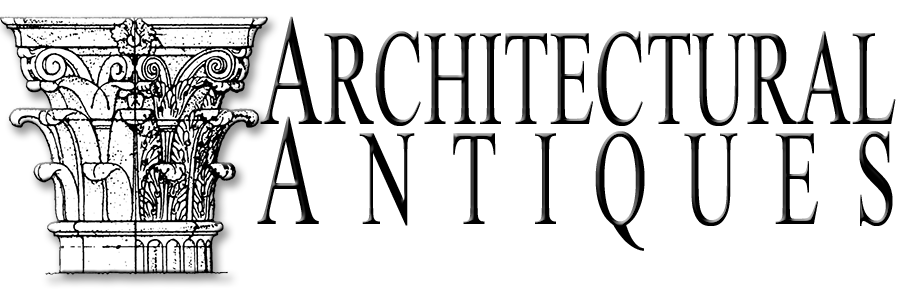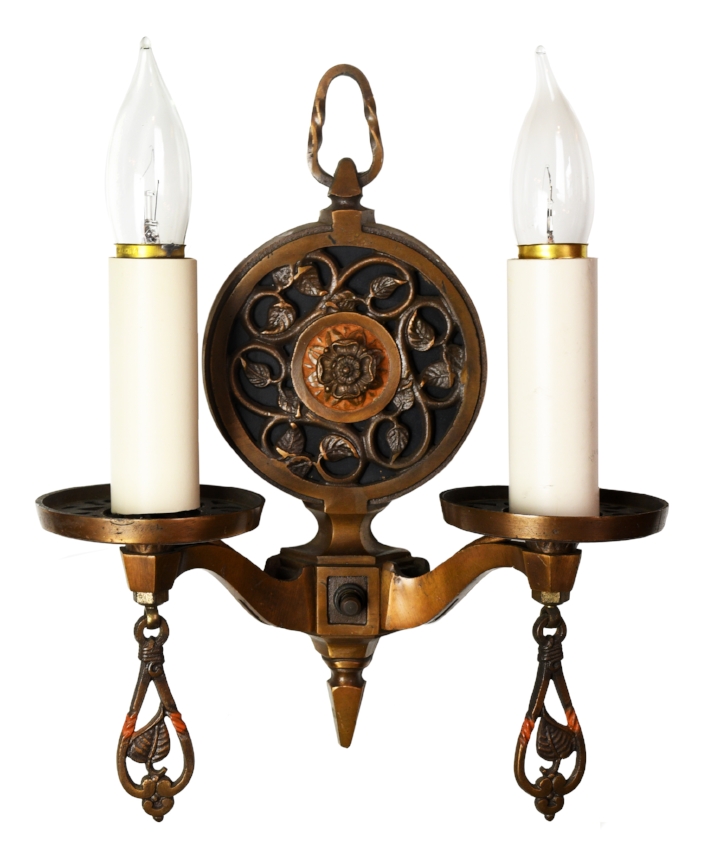Our ecclesiastical stained glass windows receive some of the greatest attention from customers. A customer had asked us about how people have incorporated stained glass windows other than hang them behind a window through sunlight. In that spirit, we thought it would be important to highlight the variety of stained glass window design ideas. There are no limitations to the many stained glass shapes, styles, and colors such as geometric, Gothic, and Grisaille!
Installing stained glass windows can be an easy or difficult task, depending on how you want to display them. They can be installed as a part of the ceiling, staircase, laundry room, living room, bedroom, bathroom, washroom, and hallway. Stained glass windows come in different sizes and some may be of historic value that should be well-preserved and handled carefully during re-installation. A stained glass window can be placed over an existing exterior window if you don’t want to completely replace a window or if the stained glass is not tempered. Stained glass windows doesn’t always have to be in natural sunlight and can be lit in front of a backlight or lightbox to admit light. If you install a stained glass window in your bathroom or washroom, it may be best to add a glass layer on the inside panel to protect the stained glass from water residue.










